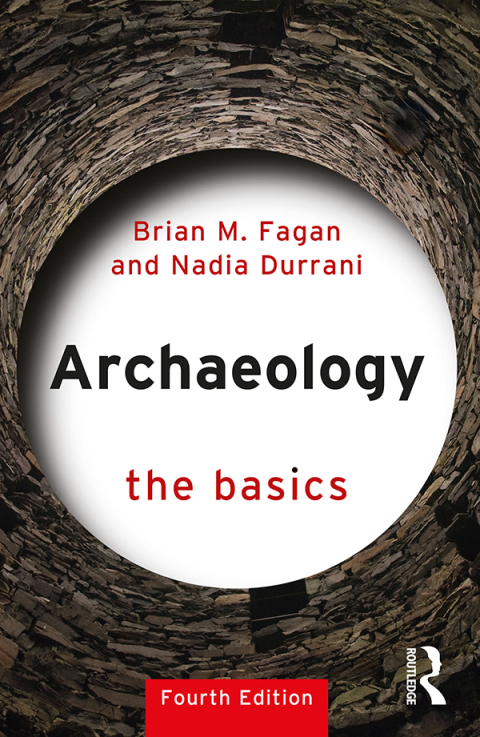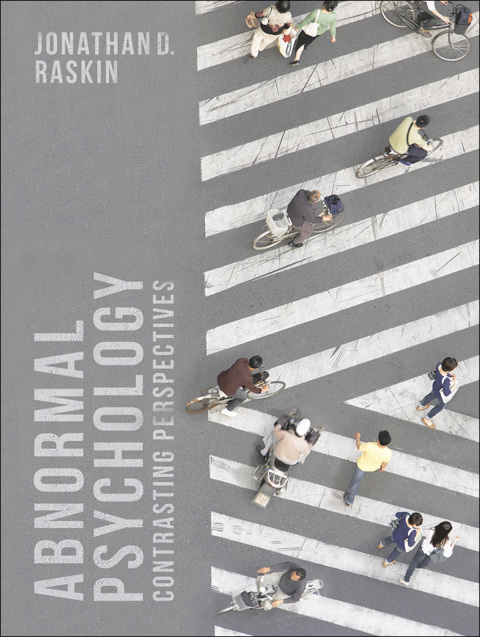Description
Efnisyfirlit
- Cover Page
- Half Title page
- Title Page
- Copyright Page
- Dedication
- Contents
- Figure and tables
- Foreword
- Acknowledgements
- Introduction
- The horse: a catalyst for change
- The emergence of ‘equitation science’…
- …And ‘equestrian science’
- 1 Motor control of the rider: On moving and being moved
- Introduction: the value of seeing and believing
- Biomechanics, kinematics, kinetics, human motor control: principles of movement analysis
- The structured analysis of motor control
- Learning how to move: principles of motor learning
- The action-perception link: perceiving is doing!
- Closed and open feedback loops
- The stages of motor learning: step by step towards automaticity
- Visual perception: the importance of seeing clearly
- Gaze behavior in horse sports: watching where you are going
- A kinematic analysis of the rider: ‘posturing’ and ‘jostling for position’ on the moving horse
- Kinematic variables as a function of rider expertise and equine gait
- Variations of rider kinematics within gaits
- The power of the rider: influencing equine movement
- Stability of equine movement: a function of rider expertise?
- A matter of comfort: sitting or rising
- Communication lines: reins, riders and other problems with asymmetry
- Concluding thoughts
- Chapter highlights
- 2 Performance physiology and rider fitness: Riders are athletes too!
- Introduction: in the name of top sport
- ‘Rider physiology’ — what is it and how to define it
- The stuff we are made of: energy requirements of the body
- The ATP-PCr system
- The glycolytic system
- The oxidative system
- Faster, higher, stronger: measuring intensity of exercise
- Oxygen consumption: it’s the air you breathe
- Lactate threshold: the exercising equivalent of ‘the point of no return’
- Heart rates during exercise: my heart will go on…
- Settling the age-old question: is riding sport?
- At the walk
- At the trot
- And at the canter
- Metabolic costs of different disciplines: who works hardest?
- Long-term benefits: does riding get you fit?
- Fitness and safety: not just an afterthought!
- Disordered eating and performance: weighty issues in horse sports
- Concluding thoughts
- Chapter highlights
- 3 Sport psychology in equestrian sport: Merely mind games?
- Introduction: the problem of performing when it matters most
- Principles of horse-rider communication: the importance of consistency
- Rider traits: how personality affects performance
- Extraversion: thriving on the thrill of the experience
- Tough-mindedness and egocentricity: ‘hard as nails’
- Anxiety: when fear rules
- Mood matters: how states can be primary predictors of performance
- Differences in emotional control: a matter of experience
- On the dangers of feeling anxious
- Body and mind: somatic and cognitive components of anxiety
- Through thick and thin: confidence in the equine partner
- Taking it to the next level: psychological skills
- Psychological skills to enable coping
- Preparation is key: effective routines
- The equestrian elite: how do they do it?
- Mental skills training: mind games do work!
- Concluding thoughts
- Chapter highlights
- 4 Coaching riders: From a different perspective
- Introduction: the best possible coach
- Definitions of coaching: the name of the game
- Coaching processes: how do they do it?
- Conveying information: what’s what?
- Structuring practice: a question of timing
- Providing feedback: praise where praise is due
- Encouraging appropriate behavior: fair’s fair
- Go(o)dly coaches: what they do when they do what they do best
- What makes a coach an outstanding coach?
- The path to success: career development in coaching
- How we do things: sport-specific knowledge
- Yes, you can: developing self-esteem and self-confidence
- Day after day: developing motivation
- In the eye of the beholder: the importance of interpretation
- Under pressure: coaches’ behavior in competition
- CoachȄrider relationships: match or mismatch?
- Models of athlete development: coaching through the (riders’) ages
- The value of reflection
- Coach—rider—horse ‘triad’: the third partner
- Equestrian judging and bias: taking a different angle
- Concluding thoughts
- Chapter highlights
- 5 Injuries in equestrian sport: Dealing with it or part of the deal?
- Introduction: a bittersweet story — the tale of Courtney King-Dye
- Injury rates and types of injury: a dangerous game
- Body parts: you can ‘leave your hat on’
- The dangers of horse sports: the reasons behind them and what to do about them
- Rider variables: making a difference
- Equine ethology, behavior and learning theory: what riders need to know
- Keeping horses the safe way
- The human(e) approach: handling horses safely
- Don’t hit the road, Jack!
- The dangers of horse sports: comparing disciplines
- Showjumping: the sky’s the limit
- Eventing: the ‘triathlon’ of equestrian sports
- Racing: the sport of kings
- Concluding thoughts
- Chapter highlights
- 6 Horse-human interactions: Art or science?
- Introduction: the wonders of the horse
- The benefits of owning an animal…
- The benefits of riding horses: lending a helping ‘hoof’
- An attempt at theory behind human-horse relationships: more science
- Themes of horse ownership: what horses mean to people
- The biophilia hypothesis: drawn to nature
- Social support theory: I’ll scratch your back if you scratch mine
- Concepts of self-psychology: knowing me, knowing you
- Foundations for horse-rider quality: how to know when it’s right
- The magic between riders and horses
- What is real? Powers of perception in horse-rider relationships
- Boys will be boys — and girls will love their horses
- Concluding thoughts
- Chapter highlights
- 7 In conclusion: Quo vadis, equestrian science?
- Coordination dynamics between horse and rider: moving ‘in sync’
- Quantifying matters of the mind and body
- Science in coaching = scientific coaching
- Staying safe: the future of equestrian sports
- Beyond the thrill of riding
- Horses, humans and what it all means
- Notes
- References
- Index






Reviews
There are no reviews yet.